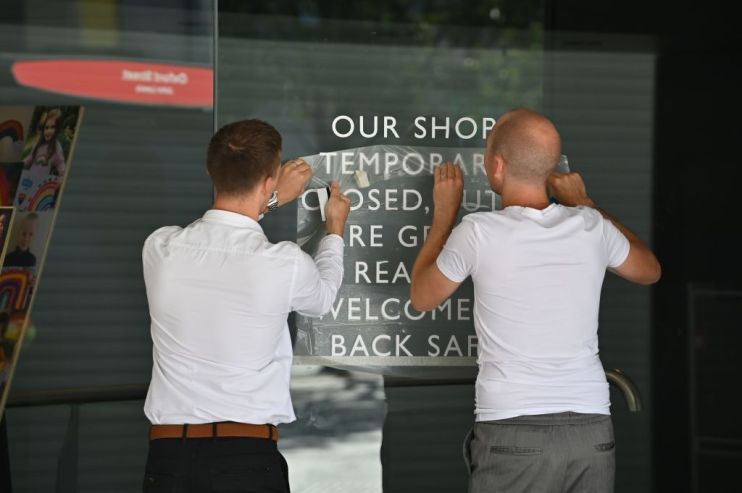UK unemployment: Experts say job losses to jump as furlough ends

UK unemployment has finally started rising. Months of economic hardship and the winding down of the furlough scheme meant 695,000 people lost their jobs between March and August, according to payroll data.
The Office for National Statistics (ONS) said the unemployment rate rose to 4.1 per cent in the three months to July. That was after 48,000 jobs were lost compared to the previous quarter, the biggest quarterly increase since the financial crisis in 2009.
Although analysts noted some brighter spots, including a rise in vacancies, the prevailing view was gloomy. Experts said that as the furlough scheme is wound down, the situation in the job market is going to get much worse.
Furlough scheme is flattering statistics – for now
The furlough scheme continued to keep unemployment down in the official figures to the end of July.
Under the scheme, the government paid 80 per cent of the wages up to £2,500 a month of workers that may otherwise be laid off. It is being wound down, however, with firms asked to gradually contribute more from August.
Economists say the end of the scheme means there is much more pain to come. “August provided some breathing space ahead of a difficult autumn,” said Yael Selfin, chief economist at KPMG UK, said.
“As furlough starts to wind down, the unemployment rate will move to reflect the scale of the crisis we are in.”
Yet Paul Dales, chief UK economist at consultancy Capital Economics, said there were some glimmers of hope. “It’s encouraging that the start of the unwinding of the furlough scheme in August has not led to a surge in job losses.”
“That said, the 156,000 decline in employment of 16 to 24-year-olds… and the 236,000 rise in employment for 25 to 64-year-olds shows how the recession has hit the youngest hardest.”
Capital Economics reckoned unemployment would rise to around seven per cent towards the end of the year – putting more than 2m out of work.
Pressure on the government to extend support
The rising unemployment figures added to the pressure on the government to provide more support for jobs.
Chancellor Rishi Sunak will replace furlough with a job retention bonus, which will pay firms £1,000 for each person they bring back. Yet critics have said it will not be enough.
Frances O’Grady, general secretary of the Trades Union Congress, said: “These are deeply worrying figures. With state support coming to an end the threat of mass unemployment is very real.
“That means building on the furlough scheme by setting up a new job retention and upskilling deal, to keep people employed at firms that have a viable future.”
So far, Sunak has stuck to his plan to end furlough in October. He said: “We’ve taken decisive action throughout this crisis,” he said. “We’ll continue to do that through the autumn, including by supporting people back to work through policies such as our job retention bonus worth up to £9bn.”
Yet Howard Archer, chief economic adviser to the EY Item Club, said he “suspects that the chancellor will feel compelled to take further steps to support the labour market in the autumn Budget”.
Glimmers of hope in a gloomy picture
It wasn’t all bad, experts said. Archer said: “There were areas of improvement as the economy increasingly opened up and more furloughed workers returned to work.”
He pointed out that employment fell at a reduced rate from June. In the three months to July 12,000 people lost their jobs, a much smaller fall than 220,000 over the three months to June.
“A welcome recovery in vacancy numbers shows the impact of gradual re-opening,” Archer said. “But latest data shows hiring to be still a way off its usual levels.”
Dales said the more up-to-date August payroll data suggested “the bulk of the 3m or so workers that may have come off the furlough since June have gone back to their jobs rather than into unemployment or inactivity”.
Yet he warned: “That all said, it perhaps makes sense that those workers who are most likely to lose their jobs will be kept on the furlough scheme for longest.”
Economists’ overriding tone remained pessimistic. Dales said that a jump in unemployment “will happen by the time the scheme ceases at the end of October”.